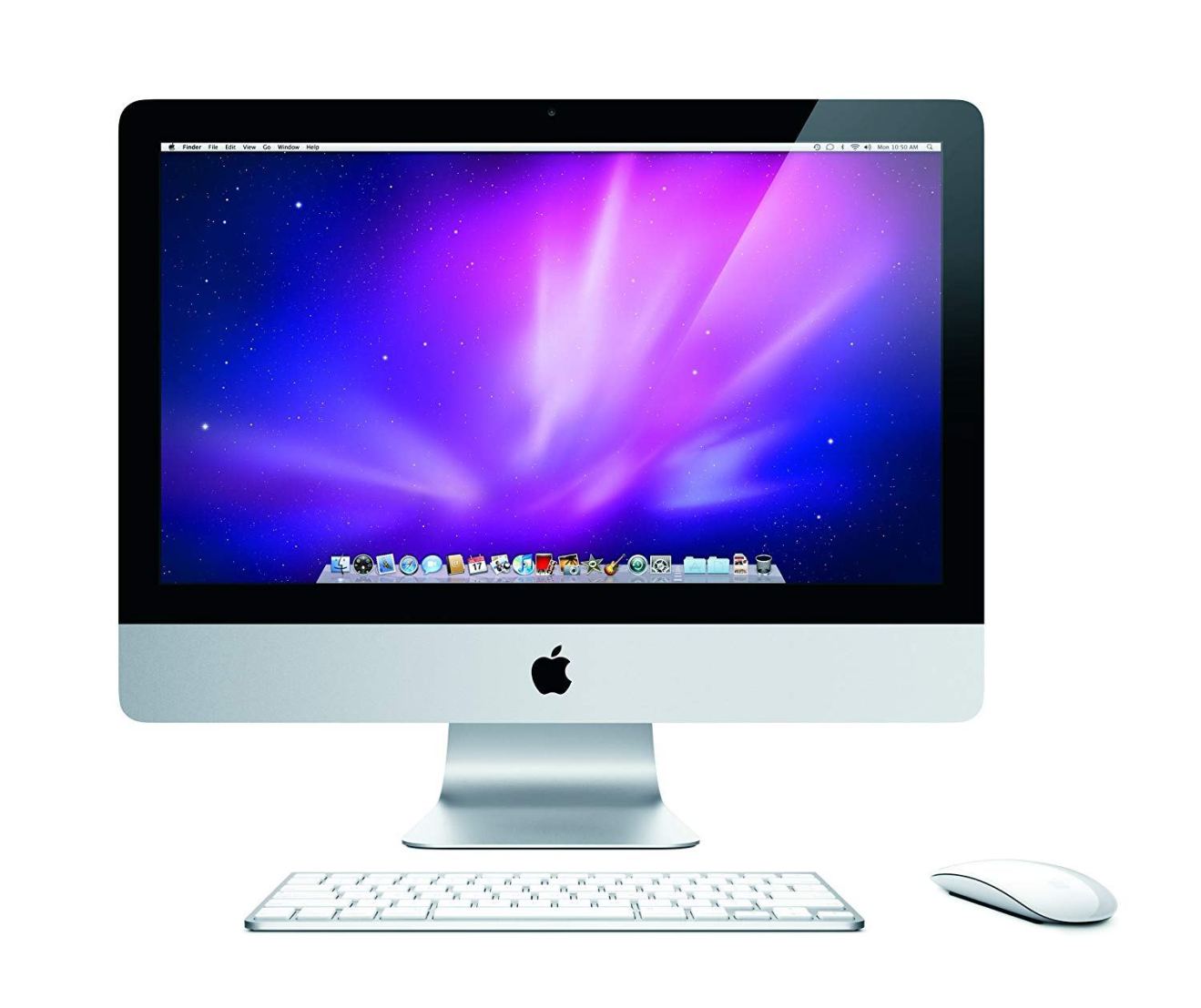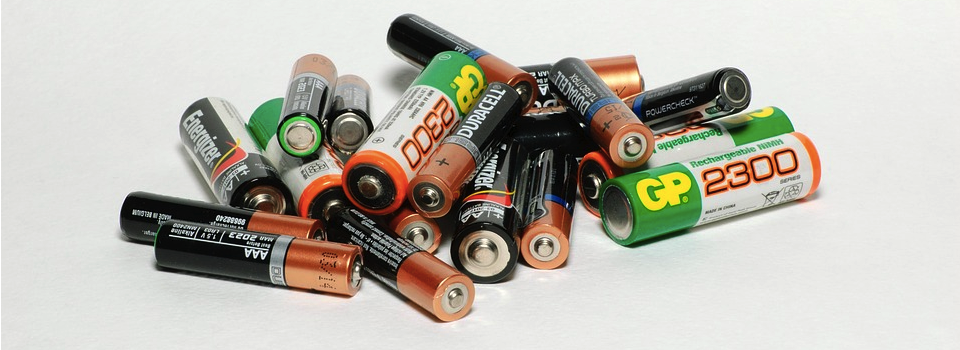Most of the time, turning off your Mac is as simple as selecting ‘Apple > Shut Down’ from the menu bar, but occasionally your Mac may refuse to shut down as expected.
Maybe your Mac is taking longer to power down than normal; perhaps there’s a particular app that keeps getting in the way of a clean shutdown; or maybe your Mac freezes every single time you select ‘Apple > Shut Down.’
If turning off your Mac is starting to feel like a chore, then in this article I’ll be showing you how to power down even the most stubborn MacBook. I’ll also be sharing lots of tips for tracking down and resolving whatever’s preventing your Mac from shutting down correctly, so you can be confident that the next time you click ‘Apple > Shut Down,’ your Mac is going to do exactly as you say.
Mac failed to shut down because “Application” failed to quit
Most of us have encountered the “Mac failed to shut down because (Application) failed to quit” dialogue at some point. The majority of the time, the application in question will simply contain unsaved work, so the first step is navigating to that application and checking whether this is the case. If this app does contain unsaved work, then either save or discard it, and close the application. At this point you should be able to shutdown your Mac as normal.
If the application doesn’t contain unsaved work, then it’s possible an error or bug is causing the app to interfere with the shutdown process. If you suspect this might be the case, then close this application, and try powering down your Mac again.
If the application has frozen, crashed, or is generally refusing to close normally, then you can force quit this application:
- Select the ‘Apple’ logo from the Mac menu bar.
- Click ‘Force Quit…’
- Select the application that’s refusing to close, and click ‘Force Quit.’

Just be aware that when you force quit an application, you may lose any unsaved work.
Give your Mac a few minutes
Just because your Mac doesn’t shut down immediately, doesn’t mean it’s not going to shut down eventually. There’s many factors that can increase the time it takes your Mac to power down, including the number of apps and documents currently open, how much memory is available, and what processes are running in the background.
You could force your Mac to shut down, but to avoid losing unsaved work or corrupting important data, you should always give your Mac the time it needs to complete the shutdown process normally – no matter how long that may take!
Doing nothing sounds like it should be easy, but it’s surprisingly difficult to sit there, staring at your Mac and waiting for something to happen. My advice is to step away from the computer. Go make yourself a cup of coffee; have a chat with your colleagues; finally get around to filling the dishwasher – basically, do something that gets you away from the computer. Hopefully, you’ll come back to discover that your Mac has shut down successfully.
Has your Mac frozen?
If you’ve selected ‘Apple > Shut Down…’ only for your Mac to freeze, then once again your first response should be nothing at all.
Just because your Mac looks frozen, doesn’t mean it isn’t performing work behind the scenes! Rather than trying to get a response by clicking your mouse and bashing away at the keyboard (and probably making the problem worse) give your Mac a few minutes to see whether it manages to resolve the problem for itself.
If your Mac is still frozen after a few minutes, then you may have no choice but to force a shutdown:
- Press and hold the ‘Power’ button for a few seconds.
- In the subsequent dialogue, select either ‘Shutdown’ or ‘Restart.’ I’d recommend opting for restart, and then performing a normal startup/shutdown cycle so you know you’re not going to encounter any errors the next time you startup your Mac.
If this dialogue doesn’t appear, then you can still force a shutdown by continuing to hold the ‘Power’ button until the screen goes black and the power light turns off.
Alternatively, you can force your Mac to restart by pressing the ‘Control + Power’ keys. If your keyboard has an ‘Eject’ key, then use the ‘Eject + Power’ keyboard shortcut instead.
Is your Mac struggling to shut down on a regular basis?
A Mac that struggles to shutdown from time to time shouldn’t be a huge cause for concern. However, if you’re encountering this problem on a regular basis then it may indicate a deeper problem with your Mac, and you should try to identify and resolve this underlying problem.
1. Regularly force-quitting applications?
If you’re encountering the “Application failed to quit” dialog on a regular basis, then take note of which application(s) are responsible.
If the same application keeps cropping up, then check that you’re running the latest version of this application. If it’s out of date, then you may be encountering a bug that’s already been addressed in a subsequent update.
If you installed the application via the App Store, then you can check whether a newer version is available by selecting the App Store’s ‘Update’ tab.
If you installed the application outside of the App Store, then you may be able to update that application via its Settings, Help, or even a dedicated Update menu. Alternatively, you can check the application’s website, social media, or GitHub page for information about possible updates.
If you do have the latest version installed, then it’s a good idea to notify the application’s developer(s) about the problem you’re experiencing, as they may not even be aware that there’s an issue. And if the people who are responsible for updating that application aren’t aware there’s a problem, then you’re never going to see it fixed!
Whenever an app is causing problems, the simplest solution is to uninstall that application, but this isn’t always possible. Maybe you use the application as part of your job, or you just purchased a one-year license and don’t particularly want to give up on that application just yet.
If you want to continue using the app, then you should try to get into the habit of quitting (or force-quitting) that application before selecting ‘Apple > Shut Down.’ If the app is set to launch at startup, then you should change this setting to limit the number of times the application interferes with the shutdown process:
- Navigate to ‘System preferences > Users & Groups.’
- Select the ‘Login Items’ tab.

- Click the little padlock icon in the bottom-left corner, and enter your admin password.
- Find the application in question, and deselect its accompanying checkbox.
2. Regularly force closing your Mac?
Force closing your Mac can result in lost or corrupted data, to the point where you might even need to install a fresh copy of macOS. While it’s debatable whether repeated forced shutdowns can inflict any permanent damage on your Mac, this isn’t something you’ll want to put to the test!
Plus, if your Mac is outright refusing to shut down on a regular basis, then this suggests there’s a serious underlying problem with your Mac, that you’ll definitely want to address.
In this section I’m going to outline a number of diagnostic tools and potential fixes that can help you work out exactly what’s making your Mac refuse to shut down.
Reset the SMC
The SMC (System Management Controller) is a chip that controls many of your Mac’s physical components. If the problem is related to hardware, then restoring the SMC’s default settings may make all those forced shutdowns a thing of the past:
- Make sure your Mac is completely switched off.
- Connect the power adapter.
- Hold down your Mac’s ‘Control + Shift + Option’ keys and the ‘Power’ buttons for 10 seconds, then release all four keys at once.
- Start your Mac as normal, by pressing the ‘Power’ button.
If your Mac’s battery is removable, then the steps for resetting the SMC will differ slightly:
- Make sure your Mac is completely switched off.
- Remove the battery.
- Hold the ‘Power’ button for 10 seconds.
- Restart your Mac as normal.
Reset NVRAM
Nonvolatile Random-Access Memory (NVRAM) is a section of system memory where macOS stores the settings it needs to access on a regular basis, such as audio volume, time zone, screen resolution, and startup disc selection.
Resetting NVRAM can resolve a range of miscellaneous issues, so you may see positive results following a reset:
- Start your Mac as normal, but when you hear the startup sound press and hold the ‘Command + Option + P +R’ keys.
- When you hear the startup chime for a second time, release these keys.
After resetting the NVRAM some of your Mac’s settings may be slightly different, so spend some time reviewing your Mac’s ‘System preferences…’ and making any necessary changes.
Run Diagnostics
If your MacBook was released after June 2013, then you can use Apple Diagnostics to check for issues with your Mac’s hardware:
- Make sure your Mac is connected to a power outlet.
- Disconnect all external devices except for the Ethernet adapter, if you’re using one.
- Start your Mac while holding the ‘D’ key.
- Once the ‘Checking your Mac’ screen appears, release the ‘D’ key.
Apple Diagnostics will now perform and run a basic test, and display information about any issues it discovers.
Reinstall macOS
If you’ve tried all the above steps and are still force closing your Mac on a regular basis, then you may need to reinstall a fresh copy of macOS.
Reinstalling macOS is pretty much the same as performing a factory reset, so make sure you backup all the documents, data and any other content you want to hang onto, for example copying these files to a USB or using an online storage service such as DropBox.
To reinstall macOS, boot into Recovery mode:
- Turn your Mac off.
- Restart while holding the ‘Command + R’ keys.
- Select ‘Reinstall macOS’ from the macOS Utilities window.
- Follow the onscreen instructions to install a fresh copy of macOS.
Ask a professional
If all else fails, then you may need to enlist the help of a professional. You can find information about Apple’s support options, or make a Genius Bar Reservation, at the official Apple website.
Before you go
After spending over 20 years working with Macs, both old and new, theres a tool I think would be useful to every Mac owner who is experiencing performance issues.
CleanMyMac is highest rated all-round cleaning app for the Mac, it can quickly diagnose and solve a whole plethora of common (but sometimes tedious to fix) issues at the click of a button. It also just happens to resolve many of the issues covered in the speed up section of this site, so Download CleanMyMac to get your Mac back up to speed today.








Add Comment